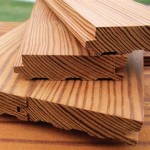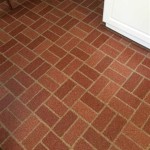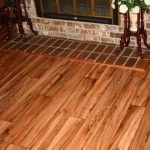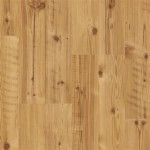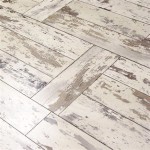Allure Flooring Over Tile: A Comprehensive Guide
Allure flooring has gained immense popularity in recent years due to its versatility, durability, and ease of installation. This innovative flooring solution is an excellent option for those seeking a cost-effective and aesthetically pleasing alternative to traditional flooring materials. In this article, we will explore the essential aspects of alluring flooring over tiles, providing you with valuable insights and practical tips to enhance your home renovation project.
Compatibility and Preparation
Before embarking on the installation process, it is crucial to assess the compatibility of your existing tile flooring with Allure flooring. While Allure flooring can be installed over most types of tile, it is important to note that certain conditions may require additional preparation.
Smooth, even surfaces are ideal for Allure flooring installation. If your tile flooring has any unevenness, it is recommended to level it using a self-leveling compound or a thin layer of underlayment. Additionally, ensure that the tile surface is clean, dry, and free of any debris or dirt.
Underlayment Considerations
Underlayment plays a vital role in enhancing the performance and longevity of Allure flooring. It provides a moisture barrier, reduces noise, and adds an extra layer of cushioning underfoot. When choosing an underlayment for Allure flooring over tile, opt for a thin, moisture-proof material such as cork or foam.
Follow the manufacturer's instructions carefully when installing the underlayment. Ensure that it is laid flat and secured properly to prevent any movement or buckling of the Allure flooring planks.
Installation Techniques
Installing Allure flooring over tile requires precision and attention to detail. The most common installation method is the floating floor technique, where the planks are clicked together without the need for nails or glue.
Start by laying the first row of planks along a straight edge, ensuring that the tongue-and-groove edges interlock securely. Continue adding rows, staggering the joints for a more durable and stable floor. Use a tapping block and a hammer to gently tap the planks into place, ensuring a tight fit.
Edging and Finishing
Once the Allure flooring is installed, you will need to add edging and moldings to complete the look and protect the edges of the flooring. Choose moldings that complement the style of your flooring and the overall decor of the room.
Install the edging by cutting it to the desired length and securing it to the wall or baseboard using nails or adhesive. You can also use transition strips to connect Allure flooring to other flooring materials in adjacent rooms.
Maintenance and Care
Allure flooring is renowned for its low-maintenance requirements. Regular sweeping and vacuuming are sufficient to keep it clean and looking its best. Avoid using harsh chemicals or abrasive cleaners, as they can damage the surface of the flooring.
If spills or stains occur, blot them up immediately using a clean, damp cloth. For tougher stains, use a mild detergent solution and a soft sponge. Rinse the area thoroughly with clean water and air dry it.

New Vinyl Plank Flooring Over Tile Table And Hearth

New Vinyl Plank Flooring Over Tile Table And Hearth

New Vinyl Plank Flooring Over Tile Table And Hearth

New Vinyl Plank Flooring Over Tile Table And Hearth

Can You Put Laminate Or Vinyl Plank Flooring Over Tile

Lvt Flooring Over Existing Tile The Easy Way Vinyl Floor Installation Diy

Can You Install Vinyl Plank Over Tile Flooring America

New Vinyl Plank Flooring Over Tile Table And Hearth

Lvt Flooring Over Existing Tile The Easy Way Vinyl Floor Installation Diy

Can I Lay Premium Vinyl Flooring Over A Tile Floor Hometalk


